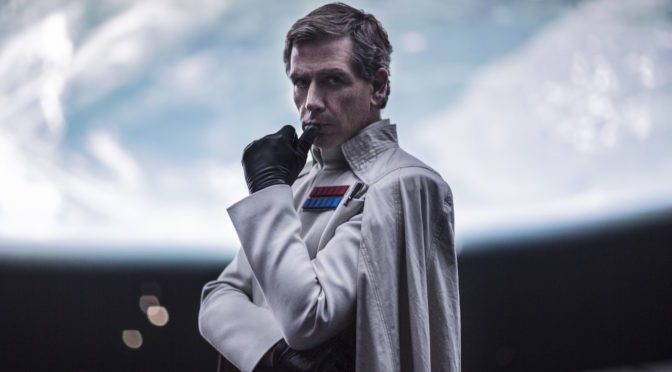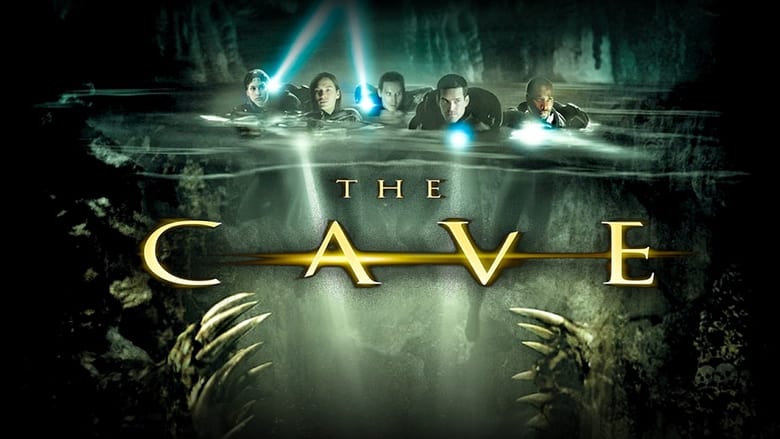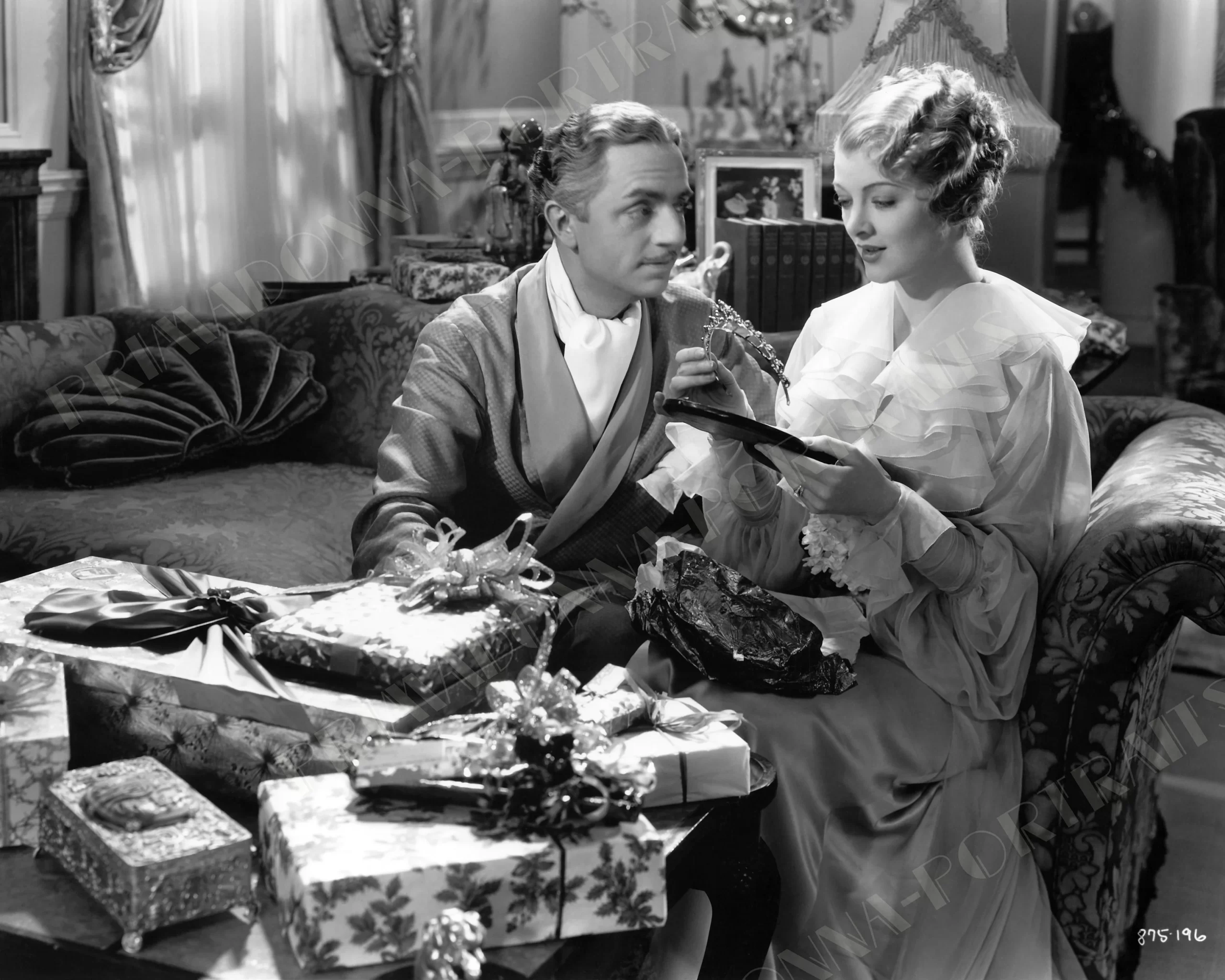Rogue One: A Star Wars Story doesn’t start off with the traditional opening crawl, and the familiar fanfare isn’t heard until late in the film. It shouldn’t feel like a Star Wars film, and yet it does. The fact that it has an identity of its own augers well for Disney’s forthcoming slate of standalone Star Wars films, of which Rogue One is the first. Rogue One does an admirable job of standing on its own – it’s part heist film, part war film, and at times surprisingly intimate. It’s not perfect, but it’s thrilling and it’s damned impressive.
One of the reasons the first Star Wars film, A New Hope, works so well is because of the world it so quickly establishes, and because of its narrative, which teases a large world just outside its margins. One of the film’s biggest unanswered mysteries is just how the Rebel Alliance came to be in possession of the Death Star plans, and that’s the story that Rogue One seeks to tell. This tactic could be seen as fan fiction, but that could be said of any of the now five Star Wars films apart from the original trilogy (I can’t think of a better example of a fan fiction ret-con than “Darth Vader build C-3PO”). It’s true that we already know, in a way, how Rogue One will end, but if all you care about is the ending of a story and not the skill with which it’s told, let me do you a favor: Rosebud is Charles Foster Kane’s sled. If that makes you feel as though you’ve seen and understood one of the best films of all time, then you can probably skip Rogue One if you’ve seen A New Hope.
When you already know the ending to a story, the characters have to suck you in, and Rogue One has a strong enough ensemble to accomplish that. Our entry into this world is Jyn Erso (Felicity Jones), daughter of Galen Erso (Mads Mikkelsen), the designer of the Death Star. Jyn is aided in her mission to retrieve the plan by Cassian Andor (Diego Luna), a rebel spy; K-2SO (Alan Tudyk), a reprogrammed Imperial droid; Bodhi (Riz Ahmed), an Imperial defector; Chirrut (Donnie Yen), a blind monk; and Baze (Wen Jiang), Chirrut’s machine gun-toting companion, who against all odds gets one of the film’s most affecting scenes, one that had me forcing back tears. The squad aspects of Rogue One make it more in line with “men on a mission” movies like The Dirty Dozen or the original Inglorious Bastards, and it’s a fresh, novel take for a franchise that is so often focused on one or two central characters. There are arcs and journeys in the film, but at the end, no one falls in love, and no one has realized their destiny of becoming a Jedi, and that’s very refreshing.
The performances across the board are solid, with some being downright excellent. Jones is a good anchor, but the show is stolen by Tudyk and Ahmed. K-2 might be my favorite droid in the Star Wars universe now, as he’s alternately loyal, suspicious, sardonic, droll, and territorial. That’s a lot of emotions for a robot, and Tudyk (who also performed K-2’s body movement) does an excellent job. Likewise, Ahmed (so good in Nightcrawler) slowly becomes the beating heart of the team. Luna gets in some nice moments of moral ambiguity; we first meet Cassian as he’s killing an informant rather than let the man be apprehended by Stormtroopers, which puts the Rebellion in a gray area that’s fun to watch and to consider. Mikkelsen plays against type as a caring father, and his relationship with Jyn is a nice through-line. Ben Mendelsohn, who is great in just about everything, makes for a terrific heavy as military director Orson Krennic, and Forrest Whitaker, as the militant Rebel Saw Gerrera (first seen on the Clone Wars TV show), turns in what might be the most bonkers performance this franchise has ever seen.
There are a few stumbling blocks that Rogue One can’t quite hurdle, though. Most notably, there’s nothing particularly special about Jyn, just her last name (which Mon Mothma hopes will give them an in with Saw, an old friend of Galen’s), and since we first meet her on her way to an Imperial work camp, the film robs us of what could have been some very interesting backstory. The score by Michael Giacchino is…fine. It’s fine. It’s obvious right away that Rogue One wasn’t scored by John Williams, but that’s fine; he’s not going to live forever. But Giacchino (who won an Oscar for Up) relies too heavily on bombast, and the music is omnipresent, which seems to be a running theme with him (Let Me In had music in almost every scene, and the score for Star Trek Beyond made for a double-disc album).
These problems are easy enough to overlook, though, because director Gareth Edwards (Godzilla) does such a fine job with the action scenes. It’s a nice change of pace to see new planets (Wobani, Scarif, Jedha), some of which look altogether different from those we’ve seen in previous films (I love The Force Awakens, but let’s not pretend there’s a difference between Jakku and Tattooine). Edwards excels at set pieces, such as Darth Vader’s cyber-Gothic fortress (a holdover from sci-fi novelist Leigh Brackett’s original script for The Empire Strikes Back, where he lived in a straight-up castle). Vader appears in two scenes, but makes a huge impression; as he singlehandedly wipes out the crew of a Rebel starship, I found myself marveling that Rogue One found a way to make Vader scary again, after the prequel trilogy bungled his backstory so thoroughly. Edwards makes some choices that some might find questionable, most notably the digital insertion of circa-1977 Carrie Fisher and Peter Cushing, the latter of whom died in 1994. I didn’t mind; it’s jarring at first, but it firmly establishes Rogue One‘s place in the Star Wars chronology, and moreover shows Edwards’ dedication to matching the aesthetic of A New Hope (down to the mustaches on Rebel pilots).
Rogue One: A Star Wars story is messy at times, slow at others, but far greater than the sum of its parts. It answers huge questions posed by the original trilogy, introduces characters destined to become fan favorites, and manages to broaden the scope of the franchise while also feeling intimate. Star Wars needs that.
4.25/5






